Boutonniere Deformity
Definition of Boutonniere Deformity:
It is a deformity of the fingers or toes in which the proximal interphalangeal joint is flexed and the distal interphalangeal joint is hyper-extended.
It’s also called a central slip injury.
A boutonnière deformity (BD) may develop either in the acute setting (secondary to trauma) or progressively (secondary to arthritis).
Which are the Common Causes of Boutonniere Deformity?
A Boutonnière deformity can happen for several reasons.
It can happen from a cut of the tendon on the back of the finger or the thumb.
It can also be due to tearing or weakening of the same tendon due to an injury or from a disease like rheumatoid arthritis.
Boutonnière deformity is generally caused by a forceful blow to the top (dorsal) side of a bent (flexed) middle joint of a finger.
A boutonniere deformity (BD) occurs as a consequence of disruption of the central slip of the extensor tendon and attenuation of the triangular ligament, which connects the lateral bands to the terminal tendon.
- finger fractures
- deep cuts
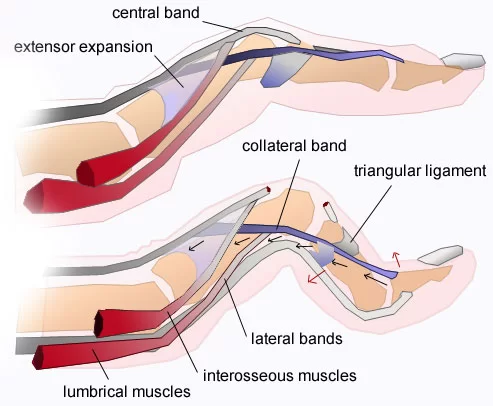
Signs and Symptoms of Boutonniere Deformity:
Signs of boutonnière deformity can develop immediately following an injury to the finger or may develop a week to 3 weeks later.
The finger at the middle joint cannot be straightened and the fingertip cannot be bent because cut of the tendon on the back of the middle joint will result in difficulty straightening that joint.
Swelling and pain occur and continue on the top of the middle joint of the finger.
The change in position of the end joint may not be seen initially but usually happens over time.
The deformity may become worse over time if not treated. If the deformed position is not treated, it can result in stiffness. This can become permanent if you do not seek treatment.
Diagnosis:
Stages :
- Mild extension lag, passively correctable
- Moderate extension lag, passively correctable
- Mild flexion contracture
- Advanced flexion contracture
- Pseudo-boutonniere deformity
- PIP joint flexion contracture with restricted flexion of the DIP
- Gout
- Mallet finger
- Fracture
- X-rays may be required to see if there is an associated avulsion fracture, since this may change the recommended.
Treatment of Boutonniere Deformity:

If the injury to the central slip results from a simple avulsion (tearing) of the tendon from the bone, your Advantage Physiotherapist may recommend splinting of the PIP joint for approximately six weeks to allow the bone to heal and prevent the boutonniere deformity from occurring.
The splint does allow the DIP joint to move throughout this period and it can be exercised to prevent stiffness.
There are also splints that have been designed to be similar to springs. These splints can be used to gently stretch out a contracture of the PIP joint over several weeks. The spring applies gentle pressure all the time, and the PIP joint slowly straightens.
A splint may also be needed to keep the DIP joint from hyper-extending.
You’ll likely need to wear the splint continuously for three to six weeks. After that, you may need to wear it at night for a few weeks.
Our first few physiotherapy treatments will focus on controlling the pain and swelling from surgery.
Physiotherapy Treatment of Boutonniere Deformity
Then our physiotherapist will begin gentle range-of-motion exercise.
The physiotherapist will have you begin doing exercises designed to get your hand and fingers working in ways that are similar to your work tasks and daily activities.
The physiotherapist will help you find ways to do your tasks that don’t put too much stress on your finger joint.
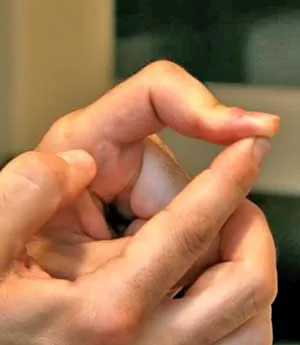
Strengthening exercises usually follow eight to 10 weeks after surgery.
Stretching exercise done at PIP contracture before repairing or reconstructing the extensor hood.
A boutonniere deformity can affect your finger’s range of motion and flexibility. So mobility and strengthening exercise will be performed.
- Raising and lowering your finger at the knuckle.
- Bending and straightening the tip of your finger.
- Squeezing of your finger with gel-ball.
- Stretching exercises improve the strength and flexibility of the fingers.
Surgical Treatment
- Surgery is an option in certain cases, such as when;
- The deformity results from rheumatoid arthritis.
- The tendon is severed.
- A large bone fragment is displaced from its normal position.
- The condition does not improve with splinting.
- Surgery can reduce pain and improve functioning, but it may not be able to fully correct the deformity.
- If the boutonniere deformity remains untreated for more than 3 weeks, it becomes much more difficult to treat.
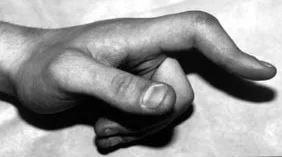

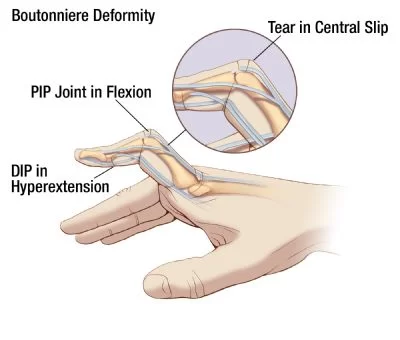
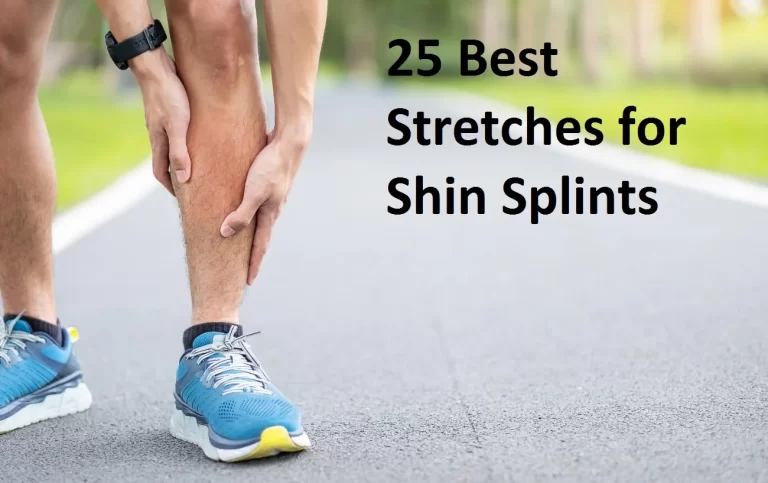
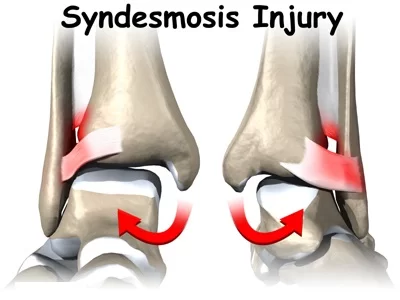

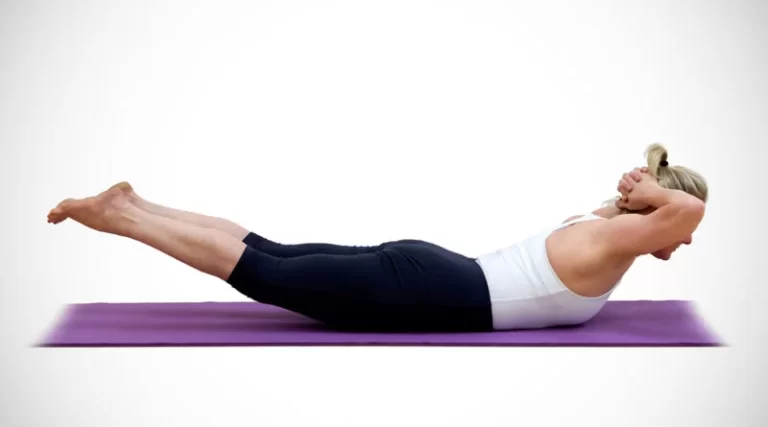

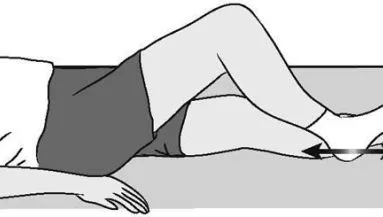
Hi ! U can send us details while email with images , so we can recommended few best exercise , My email is : [email protected]